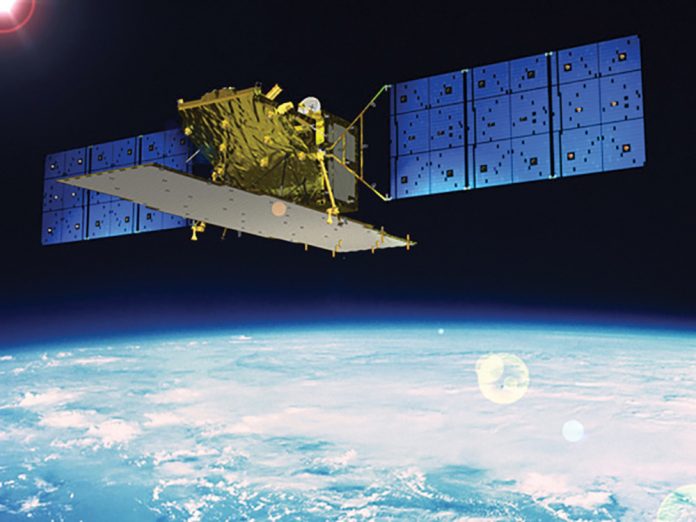Innovation in the water industry by Nick Haskins.
How do you get an innovative technology adopted as ‘business as usual’ in the water industry?
The initial step is always a trial. It is clear from the innovative solutions I have introduced to the industry that every utility wants to evaluate new ideas for themselves even when successful trials have been conducted at other water companies, case studies published, and even data shared.
You would think that with a successful trials and approval for the innovation that the hard part would be over. From my experience, it is just starting. New technology undoubtedly leads to adjustments in working methods. There can be quite an impact – processes and policies need to be reviewed and amended and adopted. It is essential that any changes in the working processes are fully understood and any existing reporting structures are adjusted to take into account of the new methods.
Significant engagement is required at many levels within the organization to get maximum buy in to ensure the full benefits seen at trial stage are carried through in the roll out. It can be like conducting the trial over again, but with a bigger audience and as much effort must go into explaining the new technology, the benefits, results from the trial and how essential their input and support will be needed during the wider roll out. Just telling people to change the way they work to accommodate new ideas will always be a difficult sell.
And then there is the question about when is this new ‘crazy’ idea accepted as an approved product or process? 10 years? 20 years? Is it because something is new that it cannot be accepted straight away? Does it have to have years of data or results to be credible? Could this question be one of the reasons innovations stalls following successful trials?
Ice Pigging™ is a great example of how a truly new innovation can struggle to get a foothold in the early years. Cultivated at The University of Bristol back in 2006 and then developed with Bristol Water, it was commercialised around the world in 2011. But we still hear people talk about the technology as ‘new’ and they say they need to evaluate the process first!
During AMP7, driving down leakage is of paramount importance for water companies. Ofwat has challenged them to reduce leakage by 15% by 2025, a huge task. Innovation can help find this additional saving but how easy is it to take a new idea and roll it out across the whole organization in a timeframe that will assist water companies in reducing leakage in AMP7 and ensure the supplier of the technology can survive in the first few lean years!
The leakage industry is currently flooded with new innovations, all claiming to be able to help reduce leakage levels. This is great. However, not all these ideas will go from concept through to business as usual. Some will fall at the first hurdle, during trials. Others will struggle to survive the time-consuming process of proving that a new idea will either enhance what is already done or effectively replace something else (financially). A better approach might be to see how a new idea complements current processes and to count those additional water savings against the tough targets.
Satellite Leak Detection, brought to the UK by SUEZ, seems to have broken the mould. A number of water companies have conducted trials, reported findings and adopted the technology as ‘business as usual’ in a matter of months rather than years. This is partially due to the significant leakage targets water companies face in AMP7 plus the fact satellite leak detection is clearly a complementary process. It could also be due to it being a truly disruptive solution. The scalability is unique. Having the ability to look for hidden leaks across the whole water supply zone within one scan gives water companies a tool to potentially help hit their leakage goals. It may be a niche technology but has wide reaching impact on one of the areas of greatest concern in the water industry.



